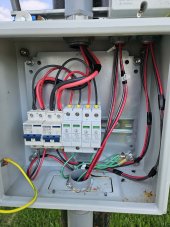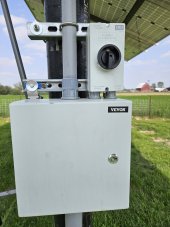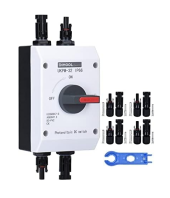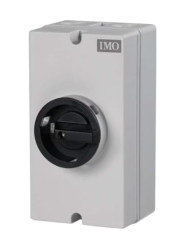Old_Skewler
Solar Enthusiast
For two strings it is not needed. Save your money till you have more strings. That could be expanded but a lot of work.
Needed? Like everything else in life, it depends: for an electrician or someone doing this for a while? Maybe not. But for someone going over this the very first time? Maybe yes.
If you have the patience and the desire to read 4 pages of technical jargon I personally don't fully understand, sprinkled with arrogant subtleties disguised as help from some key Trolls, you'll realize that $100 is an excellent price for me to move on. I actually feel like it is a bargain!






